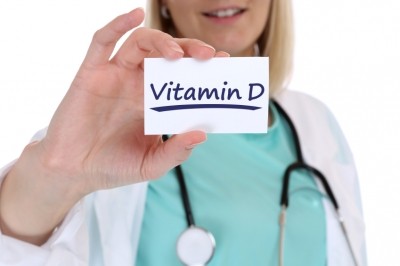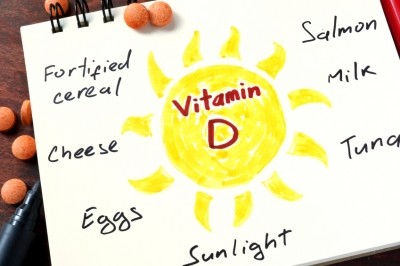Vitamin D plus olive oil could aid muscle repair

Vitamin D supplementation increased muscle fibre thickness in sedentary rats fed either a regular diet or a high-fat extra-virgin olive oil (HFEVO) based diet, founds scientists from the University of Catania, Italy.
The increase in muscle fibre thickness was greater in the HFEVO group than in the regular diet group, reports the study published in Nutrients. In both cases, the supplemented rats increased muscle fibre thickness significantly more than those who did not receive vitamin D.
The scientists also found that rats fed a high-fat butter (HFB) based diet (without vitamin D) for the 10-week trial period suffered a deterioration in muscle fibres. This group also showed significantly higher levels of the inflammatory molecule interleukin-1 beta (IL-1B) and drastically reduced levels of insulin growth factor-1 (IGF-1). Lower levels of IGF-1 signalling are known to reduce muscle protein synthesis.
However, vitamin D appeared to prevent this muscle damage in HFB diet rats who received the supplement. Muscle fibre thickness in this group was similar to controls.
“Vitamin D shows trophic action on muscle fibres, not only in rats fed with regular diet, but also in the case of a diet mimicking the Mediterranean diet,” commented senior researcher Professor Giuseppe Musumeci.
“High‐fat western diet could impair muscle metabolism and create a basis for subsequent muscle damage,” he added.
Significance
Sarcopenia, the loss of skeletal muscle mass with ageing, is a common condition in the elderly. Previous research has suggested that sarcopenia may be associated with obesity; and that vitamin D deficiency is linked to sarcopenia, frailty and falls in the elderly.
The study findings may justify further research as they suggest that a combination of vitamin D, consumption of healthy fats (such as the monounsaturated fat oleic acid), and avoidance of saturated fats might help slow the progress of sarcopenia.
“Our research supports the hypotheses that the relationship between muscle and adipose tissue starts earlier than obesity and that we can modify muscle metabolism with a dietary intervention. However, this is a preliminary research, and further study is needed to strengthen and confirm our data,” wrote Musumeci.
Study Details
The 28 rats were fed either a regular chow diet, an HFEVO diet or an HFB diet for a period of 10 weeks. Each dietary group was further split, and either received 4000 IU/kg of vitamin D or no supplementation.
At the end of the trial period, the researchers assessed skeletal muscle fibre thickness and other biomarkers of inflammation and muscle synthesis including IL-1B and IGF-1, vitamin D receptor expression.
Vitamin D pleiotropic effect
Vitamin D is widely recognised to have anti-inflammatory properties; –an effect demonstrated here by lower levels of inflammatory cytokine IL-1B displayed by the supplemented HFB diet rats, compared with non-supplemented HFB diet animals.
This trial also added to previous findings suggesting that vitamin D may have a role in stimulating muscle recovery, repair and proliferation through increased expression of vitamin D receptors in skeletal muscle.
Expression of the Dickkopf-1 gene (DKK-1) –which may be regulated by vitamin D, appears to be involved in the mechanism of action, suggested the researchers.
“In our study, DKK‐1 expression correlated directly with muscle fibre perimeter and VDR expression and, most importantly, with dietary vitamin D supplementation, without differences attributable to different fats. Thus, by comparing the different dietary profiles, we can conclude that vitamin D supplementation causes muscle fibre hypertrophy both in regular and HFEVO diet, probably through a pathway involving IGF‐1 and DKK‐1,” concluded Musumeci.
Source: Nutrients
“Impact of Western and Mediterranean Diets and Vitamin D on Muscle Fibers of Sedentary Rats”
Volume 10, issue 2, article 231, doi: 10.3390/nu10020231
Authors: Francesca Maria Trovato, Paola Castrogiovanni, Marta Anna Szychlinska, Francesco Purrello and Giuseppe Musumeci















